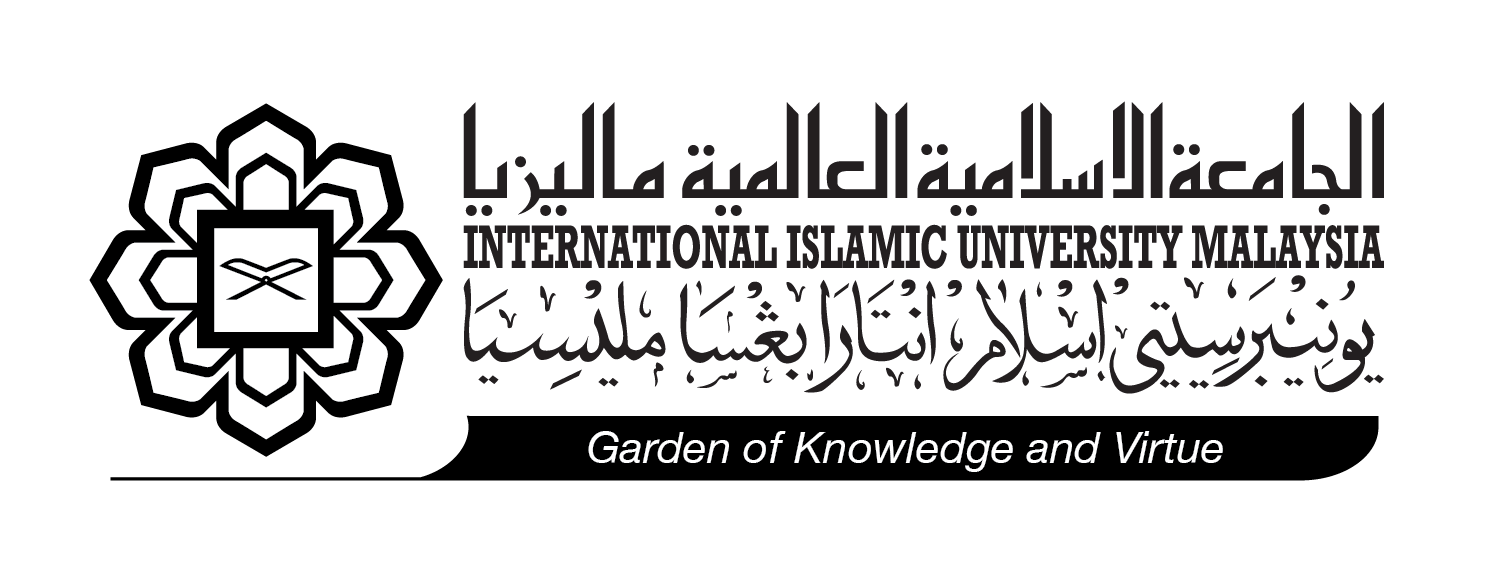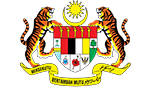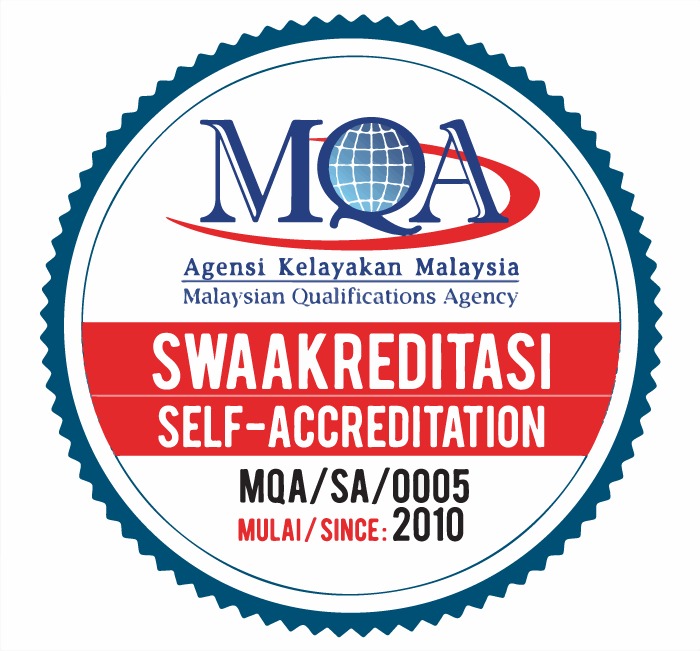News

Ensuring better access to education for the disabled
Date : 07 September 2019
Reported by : Roslan Bin Rusly
Category : News
Tweet This
The United Nations (UN) Sustainable Development Goals has emphasised about inclusive, quality and lifelong education.
This is difficult enough to realise for most the world over, especially in the developing Global South, given the various divides — economics, technological and socio-emotional.
So what can be said of the disabled, or the differently abled, generally known as OKU (Orang Kurang Upaya)?
Going by the World Health Organisation and the World Bank estimates, there are some one billion people who experience some form of disability. Of the one billion, up to 150 million are children, including those of school-going age.
Some of these children are 10 times less likely to go to school than other children. When they do attend school, it is likely to be in a segregated setting.
Historically, those with disabilities have been excluded from the general education system and placed in “special schools”.
In some cases, they are separated from their families and placed in long-term residential institutions where they are educated in isolation from the community, if they are educated at all.
Based on the Global Partnership for Education, it was estimated that 90 per cent of children with disabilities in low and lower-middle income countries do not go to school.
In Malaysia, some 488,948 OKUs were registered with the Jabatan Kebajikan Masyarakat as at October last year. But the number of them gaining an education is relatively small.
For example, the International Islamic University Malaysia, which launched its own Disability Inclusion Policy in November last year which is in tandem with the university’s raison d’etre, has some 150 and 10 OKU students and staff respectively.
This is due to a number of barriers such as attitude, financial, physical, communication and organisational. The latest being migrational in nature.
Indeed, in 2016 the UN estimated that less than half of the world’s six million refugee children were in school. Lesser still in university.
Similarly, Human Rights Watch too identified that refugee children with disabilities faced barriers to enrol in schools.
Hence the initiative taken by the Ministry of Education to launch Garis Panduan Pelaksanaan Dasar Inklusif OKU in institutions of higher education last week was timely.
In 2008, the Persons with Disabilities Act (PWDA) was passed by Parliament to ensure access for the disabled to public facilities, transport and recreation, leisure and sports services.
As part of the Act, building by-laws were amended making it compulsory for buildings to provide access and facilities for disabled people. Existing buildings were allowed three years to make the necessary modifications to comply with these new requirements.
In this context the guidelines were overdue to create a disabled-friendly infrastructure, to prepare a conducive learning and living environment, and building a trusting community among others.
This is with the goal of raising the number of students with disabilities enrolling for formal education. And, at the same time, to ensure that the number of dropouts is kept low relative to the initial enrolment.
Moreover, those with disabilities face a higher risk from violence and bullying, as well as hindering their right to education, according to the United Nations Educational, Scientific and Cultural Organisation (Unesco).
These facts and figures reflect the significant impact of the barriers to education faced by people with disabilities, pointing to the importance of some policy guidelines. As for now it is not surprising that only a handful of universities are actively involved in implementing disabled-friendly policies.
It is hoped that the introduction of the new guidelines will overcome the lack of accessibility, ranging from physically inaccessible buildings to unsuitable learning materials.
Others include discrimination and prejudice which prevents people with disabilities from accessing education on equal terms with others, exclusion or segregation from mainstream educational settings, and inferior quality of education, including in mainstream settings, where those with disabilities have been “integrated” into the existing non-inclusive system.
At the same time, human rights laws seek to directly tackle these issues by compelling states to respect, protect and fulfil the right to education of people with disabilities through the implementation of “inclusive education”.
It is worthy to note that people generally are more accepting and understanding of those with physical disabilities, conditions which are tangible to them such as loss of vision, inability to walk, total loss of hearing or loss of limbs.
Whereas, those with behavioural, mental and intellectual disabilities faced far greater challenges. Some studies showed that only 20 per cent of Malaysians perceived behavioural and mental conditions as disabilities.
To most, those with learning disabilities, hyperactivity or aggression are simply perceived as “badly behaved”. They are often stigmatised as “crazy”, “stupid” or “tiga-suku” among the locals, and made fun of.
This means education is essential to put things in its proper perspective before the Garis Panduan Pelaksanaan Dasar Inklusif OKU can have its full and lasting impact.
The writer, an NST columnist for more than 20 years, is International Islamic University Malaysia rector








